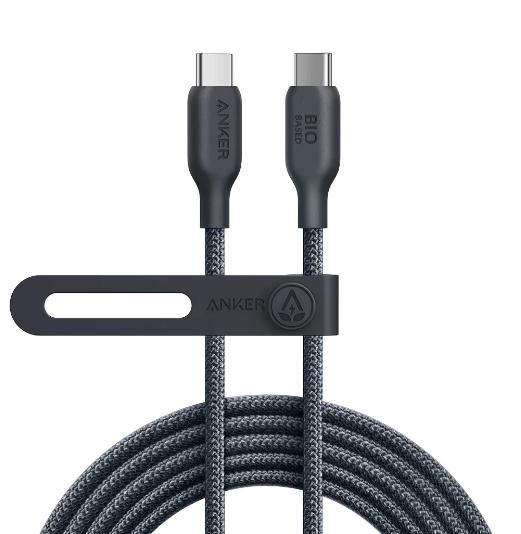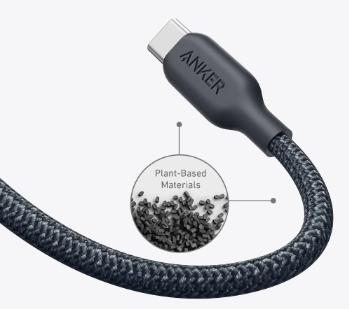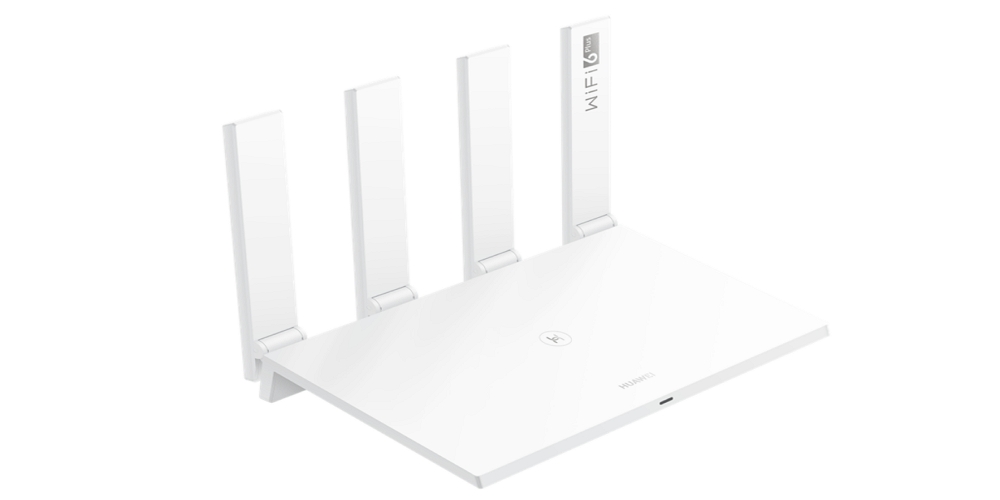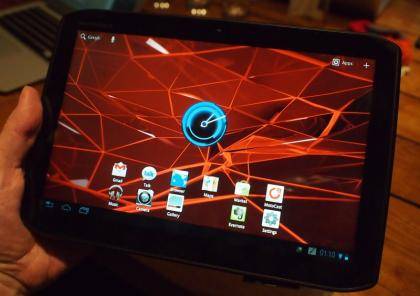Cable Compatibility: Ensuring Your USB-C Works with Your Devices
In the ever-evolving landscape of technology, USB-C has emerged as a versatile and powerful standard for connectivity. Its reversible design, high-speed capabilities, and ability to handle multiple functions make it a popular choice for a wide range of devices. However, not all USB-C cables are created equal, and ensuring compatibility with your devices is crucial for seamless performance. In this article, we'll delve into the world of cable compatibility, providing you with the knowledge you need to make informed decisions about your USB-C cables.
Understanding USB-C: More Than Meets the Eye
At first glance, USB-C cables may appear uniform, but beneath the surface lies a world of specifications and capabilities that can greatly impact their performance. To ensure your USB-C cable works with your devices, it's important to consider factors like speed, power delivery, and alternate modes.

Speed
One of the key considerations when it comes to cable compatibility is the USB standard supported by the cable. USB standards come in various generations, each offering different speeds and capabilities. Here are some of the most common USB standards:
USB 2.0: This standard offers a maximum data transfer rate of 480 megabits per second (Mbps). It's suitable for basic tasks like connecting keyboards, mice, and other peripherals.
USB 3.0/3.1 Gen 1: These terms are used interchangeably and refer to the same standard. They offer a significant speed boost compared to USB 2.0, with a maximum data transfer rate of 5 gigabits per second (Gbps). This standard is ideal for external hard drives, flash drives, and other high-speed data transfer tasks.
USB 3.1 Gen 2: This enhanced version of USB 3.1 offers double the maximum data transfer rate at 10 Gbps. It's perfect for tasks that require even faster data transfer speeds, such as working with high-resolution videos or large files.
USB 3.2: The latest USB standard, it supports data transfer rates of up to 20 Gbps, making it suitable for demanding tasks like gaming and 4K video streaming.
Power Delivery
USB Power Delivery (USB-PD) is a specification that enables devices to negotiate higher power levels for faster and more powerful charging. This feature is particularly important if you plan to use your USB-C cable for charging laptops, tablets, or other power-hungry devices. Look for cables that support USB-PD to ensure efficient and fast charging.

Alternate Modes
USB-C's ability to support alternate modes, or "Alt Modes," allows a USB-C port to transmit signals beyond just data transfer. This can include video output, which is essential for connecting to external displays. If you plan to use your USB-C cable for video output, ensure that it supports the necessary Alt Mode for your specific device.
Certification
When it comes to USB-C cables, certification is a crucial factor. Look for cables that are certified by reputable organizations like USB-IF (USB Implementers Forum) or are MFi (Made for iPhone/iPad/iPod) certified for Apple devices. Certification ensures that the cable has undergone rigorous testing and meets specific quality and safety standards.
Length
While longer cables offer more flexibility in terms of placement, they can also lead to signal degradation, especially with higher-speed standards. If you require a longer cable, opt for one with high-quality shielding and materials to maintain optimal performance.
Conclusion
Cable compatibility is a crucial factor in ensuring seamless performance and functionality with your USB-C devices. By understanding the specifications and capabilities of your usb-c cable, you can make informed decisions that enhance your connectivity experience. Whether you're transferring large files, charging power-hungry devices, or connecting to external displays, choosing the right cable ensures that your USB-C ecosystem operates at its full potential.




Leave a Comment